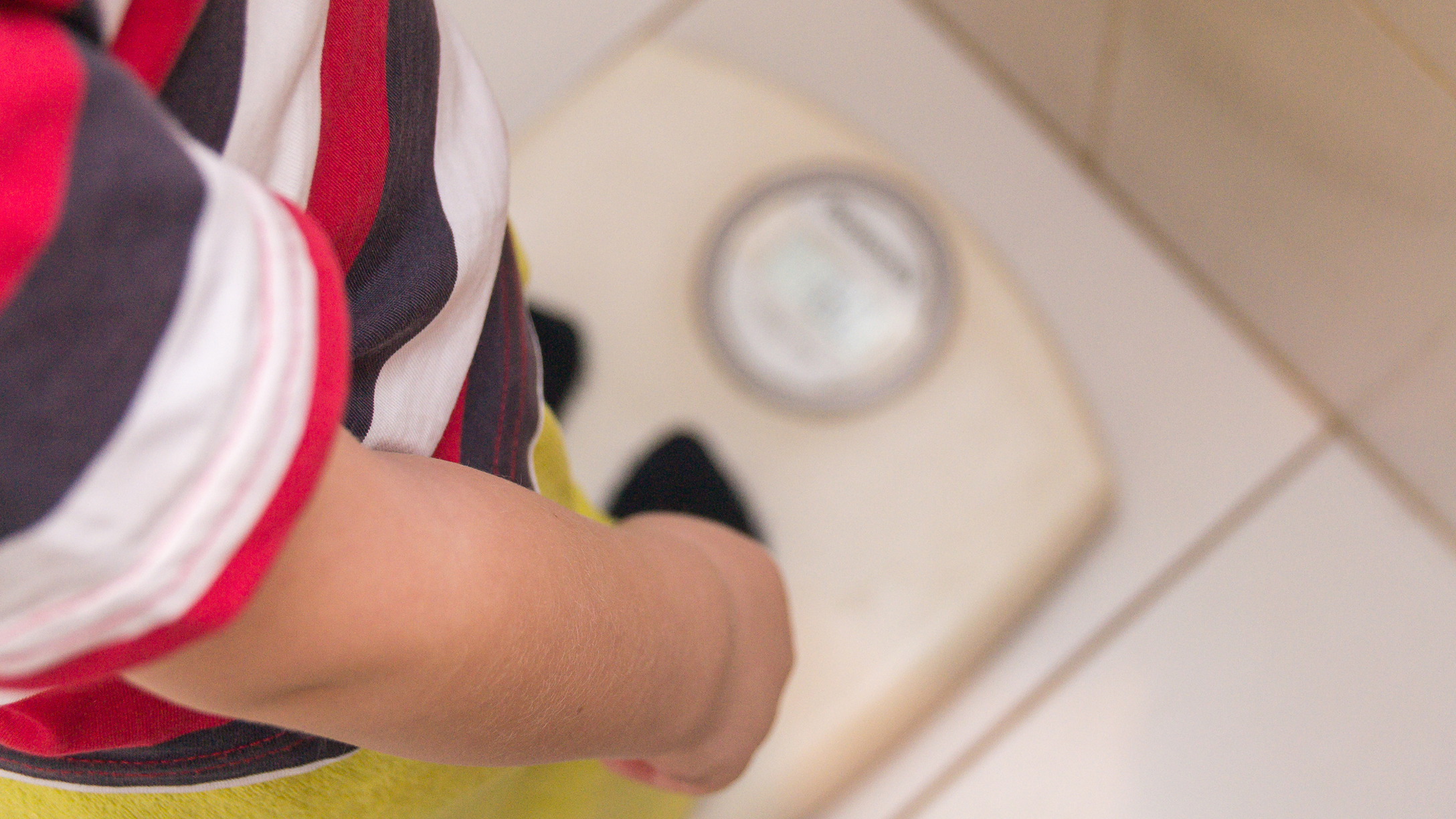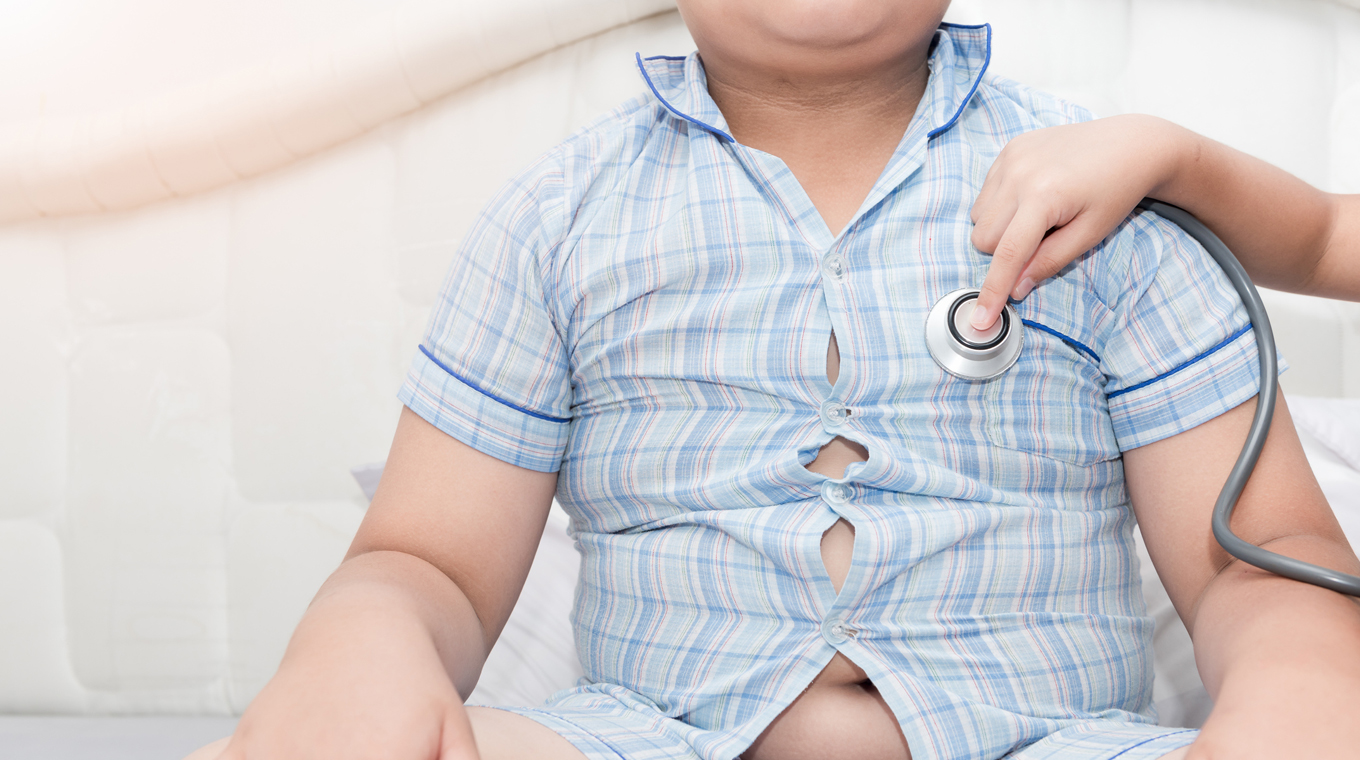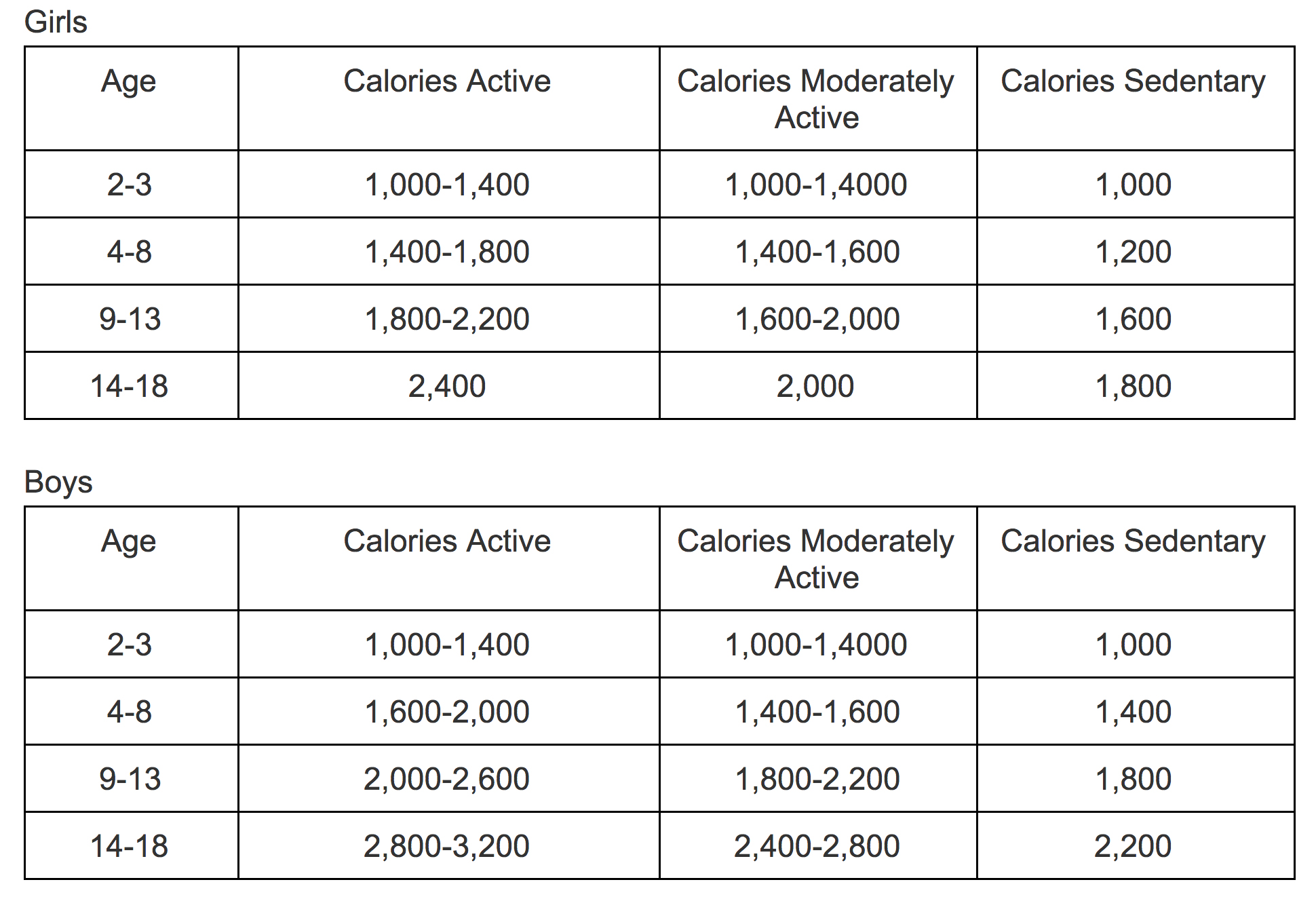
In this article
According to the Centers for Disease Control and Prevention (CDC), more than 13.7 million children are considered obese. Childhood obesity increases a kid’s chance of high cholesterol, high blood pressure, cardiovascular disease, and type 2 diabetes. However, if your child is overweight, a diet may not be the best option.
Nutritionists agree that instead of focusing on weight loss and diet, parents should look at lifestyle changes that include dietary adjustments and activity choices. Something as simple as eating dinner as a family can dramatically improve a child’s eating habits and calorie consumption.
The difference between dietary changes and diets

There are a lot of things to consider before you put your kid on a diet. Dietary changes and a diet are not the same thing. Diets create a negative and restrictive mindset. Think about exercise and regular activity in relation to whether or not weight loss is needed immediately. Chances are, you may need to change the overall health dynamics for your child rather than put them on an extreme diet.
Licensed nutritionist Lisa Richards advises parents not to obsess about weight loss but to consider the bigger picture.
“The best practice is to not focus on losing weight in an overweight or obese child, but rather preventing further weight gain,” she told Mom.com. “This is based on the fact that the child will most likely continue to grow taller, which will allow the child to redistribute their weight and become leaner, while likely staying the same weight.”
Before you put your kid on a diet, work with your pediatrician and a nutritionist to prioritize goals and implement healthy changes one by one. This is easier to manage for parents and gives kids an opportunity to succeed and feel proud of the change.
What does a doctor mean by ‘obese’?

iStock
Your pediatrician will determine if your child needs to make some health adjustments. The body mass index (BMI) is used to define a person as underweight, overweight, or obese. The CDC says a child in the 95th percentile or greater is obese, with those between the 85th and 95th percentile considered overweight.
A child who is obese may have some of the following physical complications:
- Asthma
- Bone fractures
- Sleep disorders
- Type 2 diabetes
- High blood pressure or high cholesterol
- Metabolic disorder
- Nonalcoholic fatty liver disease (NAFLD)
Alternative ways to help a child lose weight
Understanding how food choices affect a person’s overall health is critical in teaching children about better eating habits to regulate their weight. Removing sugary drinks and eliminating junk food is a big first step to battle extra pounds. Trying to make dramatic changes can make the entire process more difficult.
“It seems like a hamster wheel I cannot get off of because food is so important,” Marcie Muensterman, mom of a 10-year-old told Mom.com. “No matter what we do or how healthy we are, it doesn’t seem easy to implement.” She explained that her son sneaks junk food, eats it at friends’ houses, and often avoids eating at home.
Parents should look into a balanced diet for kids that includes fresh fruits and vegetables, lean proteins, and complex whole grains. Limiting junk food — including fast food, processed foods, candy, and no-nutrient snacks — helps redirect kids to healthier, nutrient-rich food options.
According to Dr. Shobha Bhaskar, the number of calories a child should eat depends on their age and how active they are.
“Bad eating habits and low activity levels are patterns that are usually developed in childhood,” Dr. Bhaskar wrote.
The following chart is the USDA dietary guidelines for children in the US, and provides an estimate of how many calories (ENERGY IN) children of various ages need.

Developing a positive body image

iStock
It’s important to help kids develop a positive body image while emphasizing fitness. According to Kids Health, teaching kids about their bodies and showing them how to properly care for it goes a long way to helping them develop a positive body image. This means that along with dietary changes, you should also incorporate active lifestyle components as a family that includes walking, playing sports, or dancing.
Express pride in what kids are able to do and encourage them to keep challenging themselves. Don’t belittle or tease kids about their weight or size. That leads to a negative self-image and makes developing a healthy lifestyle more challenging.
The bottom line
Helping your child develop better eating habits, exercise routines, and a strong body image should work together to help prevent them from being overweight later in life. The long-term health effects are numerous, including reducing the chances of stroke, diabetes, and heart disease. Start small and make lifestyle habits that will last a lifetime.




